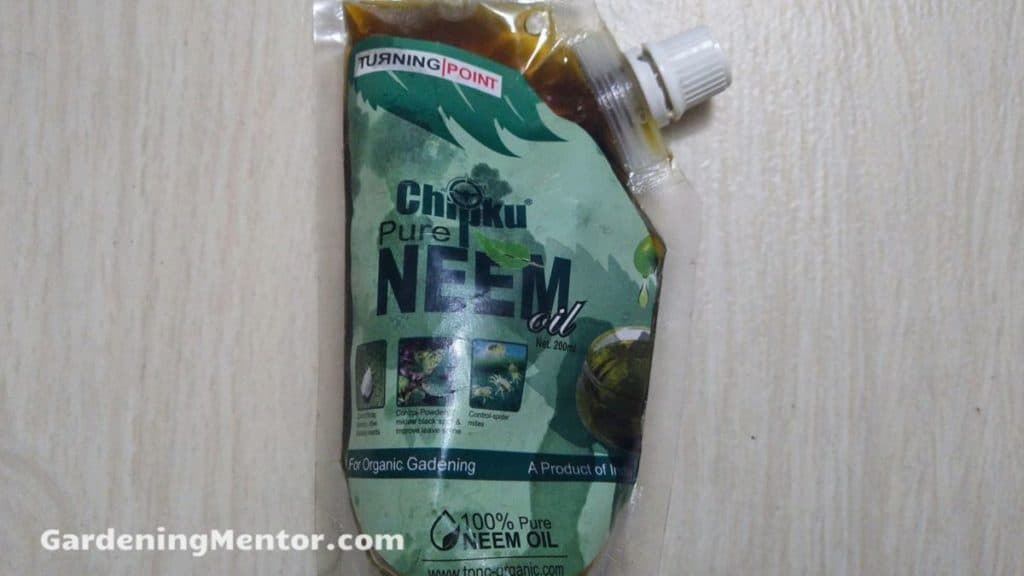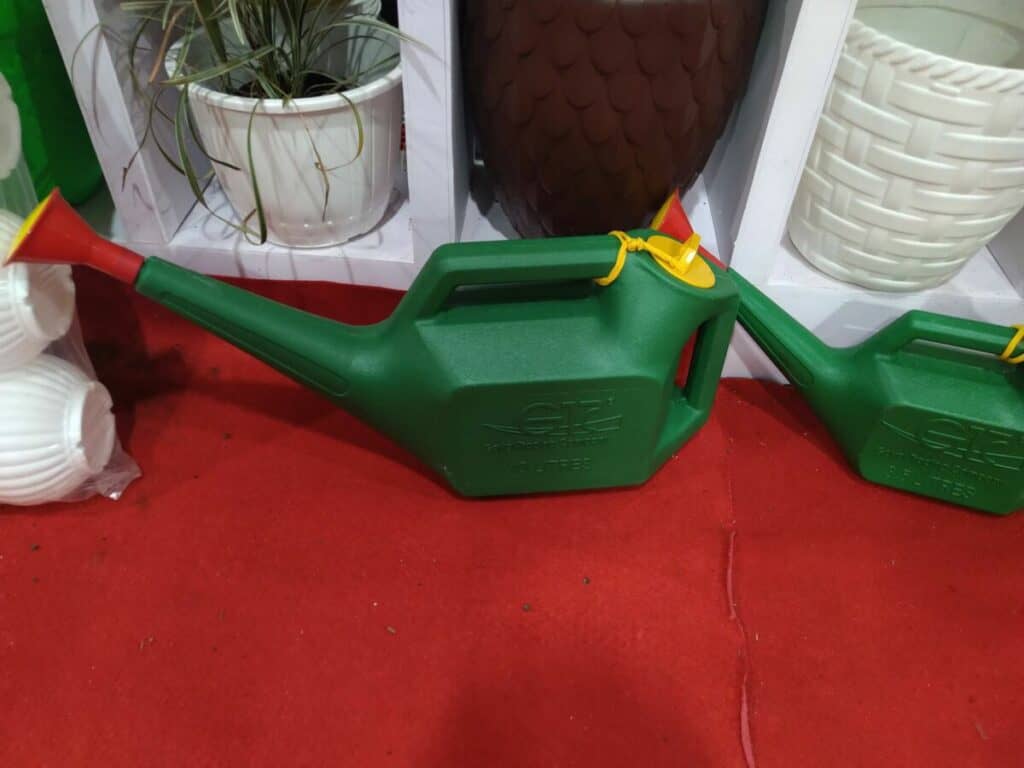Many of us have a day job and need to rush to work in the morning. So we need to water our potted plants at night. But is this a good idea?
It is not OK to water potted plants at night because the leaves are unable to dry quickly. This causes humid conditions that attract fungal diseases and pests to the plant. If the weather is cold, the foliage will freeze due to the presence of water causing the plant to die.
I know it can be challenging to water potted plants in the morning but I will show you some ways you can do this with ease. So keep reading.
What are the problems with watering potted plants at night?
1. Growth of fungal and bacterial diseases
When you water the potted plants at night, the water may splash on the foliage. This will not evaporate fast because there is no sunlight to do this.
The wet foliage creates a humid condition that attracts fungal and bacterial diseases. You will need to wipe off any excess water on the foliage.
You can also spray some natural anti-fungal liquid such as neem oil, garlic spray, vinegar spray, or horticultural oil on the leaves to protect them.

2. Freezing of the foliage
If you are growing potted plants outdoors, there’s a possibility that the night temperatures will drop on some days. If you water the potted plants and there’s some excess water on the foliage, the water will freeze. This will damage the leaves and stem of the plant.
If you are growing potted plants indoors, the night temperature will not drop below 50 degrees Fahrenheit (or about 11 Celsius). You can water your plant at any time of day without worrying that it may freeze because there is no risk for freezing in this environment and climate condition.”
3. Damage to the foliage
The leaves of plants have tiny holes known as stomata that open and close to release water vapor into the air. They can do this well during the day but shut down at night as there is no sunlight for photosynthesis.
If you water the potted plants at night, the excess moisture will not be expelled by the stomata causing rot and injuries to the foliage.
You can avoid this problem if you can wipe the excess moisture from the leaves. However, this is not always possible because you may miss some foliage or they may be difficult to access.
If there is excess moisture on the foliage and there are strong winds it will damage the plant.
How to water potted plants at night
If you really have no choice but to water your potted plants at night, I’ll show you some methods that can help.
Use a drip-irrigation system or self-watering container
This is the simplest method you can use to water your plants and avoid the problems of watering at night.
If you have just a few plants you can use the self-watering container to grow them. These containers have a reservoir under the pot that can hold water. The potting soil absorbs the water from this reservoir using wicking action.
So the water is available for the plant throughout the day as and when required. You do need to fill the reservoir every few days to ensure the plants keep getting the required moisture.
If you have several potted plants, you can consider using a drip-irrigation system with a timer. You can purchase this from your local garden center or an online store.
It’s easy to set up this system and you just need to follow the instructions that come with the kit. This has a small tube that you run through your potted plants.
The tube has emitters that will drip water at a slow rate into the potting soil. You can set up how much water it drips. And using a timer you can set up when during the day you want the water to drip into the soil.
Use bottom watering for the plants
Another method you can use is to place the potted plants in a tray that is filled with water. This helps the potting soil absorb the water from the drainage holes using a wicking action.
You will need to remove the pots from the tray in the morning. If you keep them for too long, you have the same problem of fungal diseases attacking the potting soil and roots of the plant.
Another benefit of this method is that the potting soil will not get compacted as you are not adding water from the top.
Use gloves and rainwater for the plants
This is more of a precautionary measure you can take if you really have to water potted plants at night. If you use rainwater or distilled water, you can at least prevent diseases that come through the water.
If you use gloves when watering the plants, you ensure that you don’t spread fungal and bacterial diseases to the plant.
Use a watering can with a nozzle so you only water the potting soil at the base of the plant. Avoid splashing water on the foliage as much as possible.

Try to wipe off as much moisture as you can from the foliage once you’re done watering the plant.
If you know the night temperatures are going to drop, it would be good to use a row cover to protect the potted plant.
You could use materials like landscape fabric, plastic sheets, or a bucket to cover the plant once the watering is done. Make sure to remove this row cover in the morning so the plant can get the required air and sunlight.
What is the best time to water potted plants?
The best time to water potted plants is in the morning because the roots will have time to absorb moisture.
The excess moisture on the foliage and top of the soil will dry out once the sun rises. The plant activity starts at dawn and the plant will have time to transpire.
Is it OK to mist plants at night?
Now you know that it’s bad to water potted plants at night. But what if you just want to mist the plants at night. Is that a good idea?
Misting plants at night will cause the same issues as watering the plants. The wet foliage will invite fungal and bacterial diseases.
You need to ensure wiping away the excess moisture once the plant has absorbed the required amount. But this will become a chore in itself.
The best time to mist your plants is during the day especially before the sun rises. This will allow the plants to absorb the moisture. And the leaves won’t get scorched by the sun.

Fact Checked, Written, and Published by Kevin Rodrigues
Kevin is the founder of Gardening Mentor, a website that aims to teach people to grow their own food in a limited space. As a self-taught gardener, Kevin has spent several years growing plants and creating gardening content on the website. He is certified in Home Horticulture and Organic Gardening from Oregon State University. He has a Post Graduate Diploma in Horticulture and Landscape Gardening from Mumbai University.
Read more
